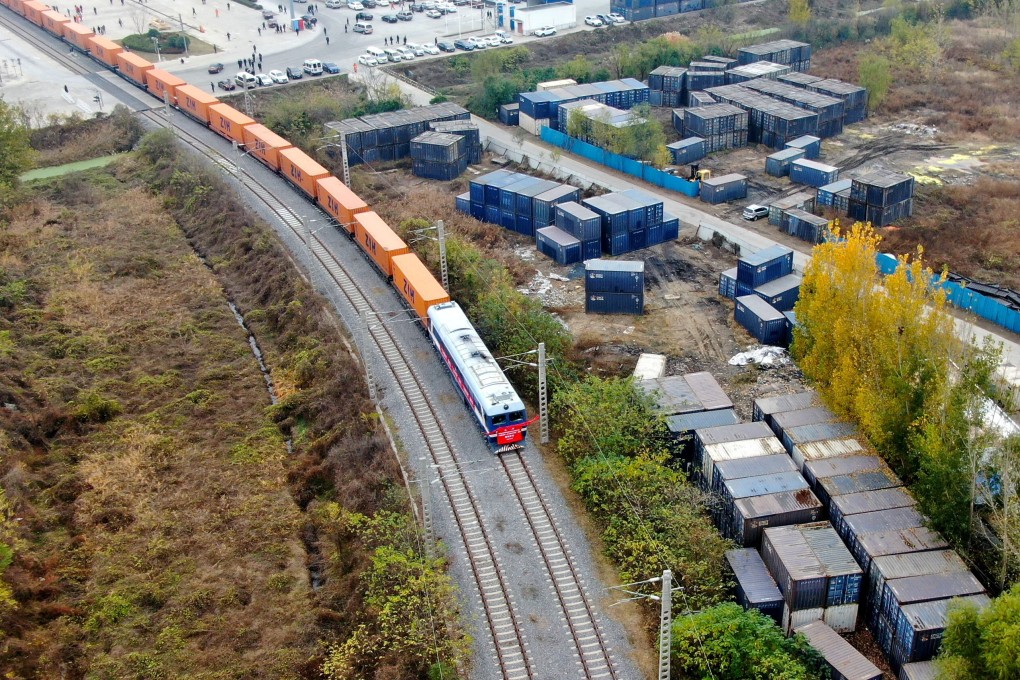Advertisement
China is now EU’s biggest trading partner, an exchange complicated by labour rights and transatlantic tactics
- Trade volume in goods hit US$710 billion in 2020, which coincided with Beijing and Brussels agreeing to an investment deal
- Scepticism includes concerns about overdependence on China and fallout from Biden’s intent to counter a rising Beijing
Reading Time:4 minutes
Why you can trust SCMP
18

China overtook the United States as the European Union’s biggest trading partner last year, the EU statistics agency Eurostat said.
China’s trade volume in goods with the 27-member EU, excluding Britain, reached €586 billion (US$710 billion) in 2020, according to the latest released data. Both the EU’s exports to and imports from China grew last year, with exports valued at €202.5 billion and imports worth €383.5 billion.
The trade deficit the EU has with China also rose 9.9 per cent, expanding from €164.7 billion in 2019 to €181 billion last year.
Advertisement
“In the year 2020, China was the main partner for the EU. This result was due to an increase of imports (5.6 per cent) and exports (2.2 per cent). At the same time, trade with the United States recorded a significant drop in both imports (-13.2 per cent) and exports (-8.2 per cent),” Eurostat said in a statement on Monday.
The US, which is now the EU’s second biggest trading partner, has a trade volume of €555 billion with the EU. This is a 10 per cent drop from the €617 billion trade volume in 2019.
Advertisement
Advertisement
Select Voice
Choose your listening speed
Get through articles 2x faster
1.25x
250 WPM
Slow
Average
Fast
1.25x